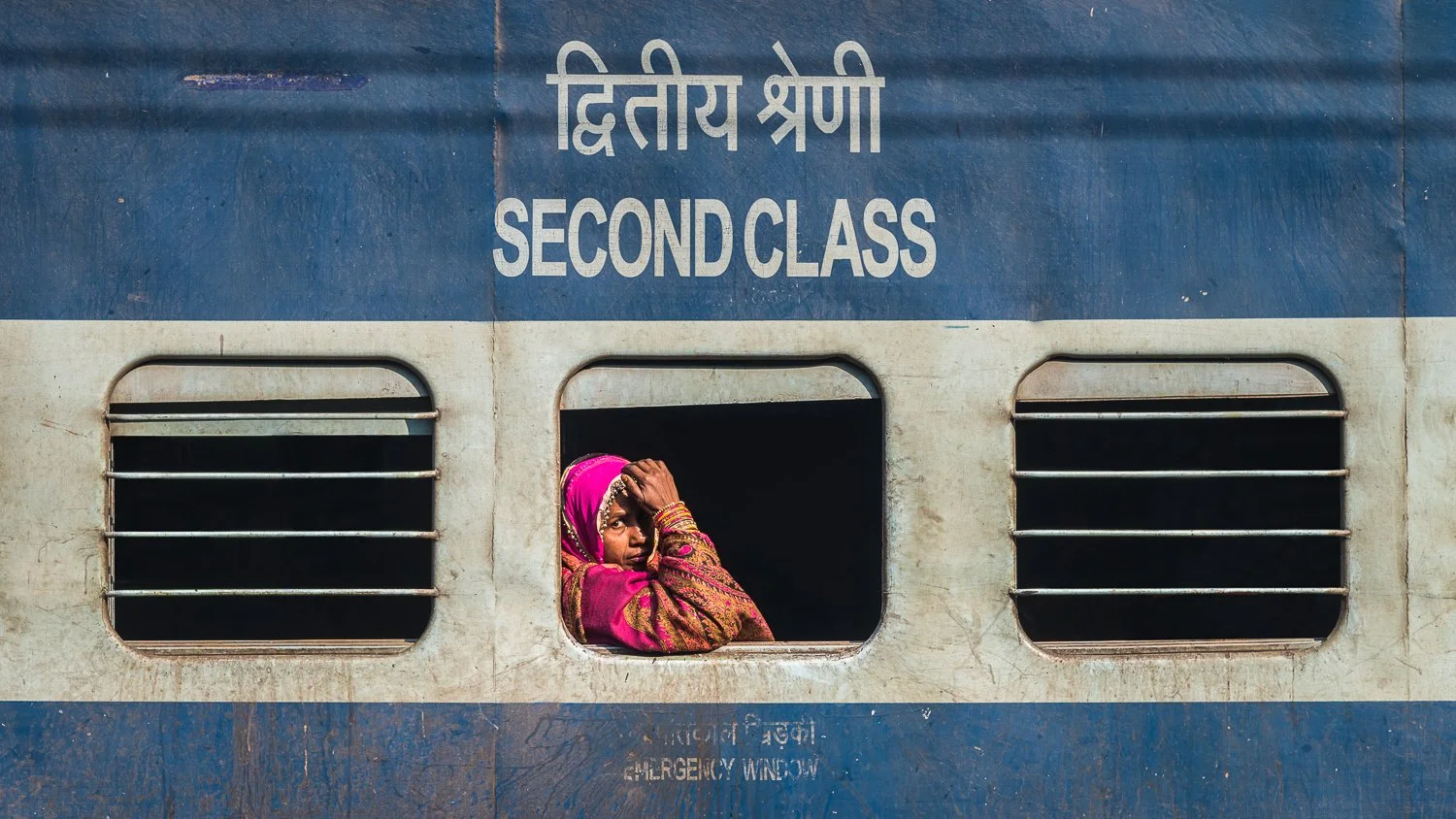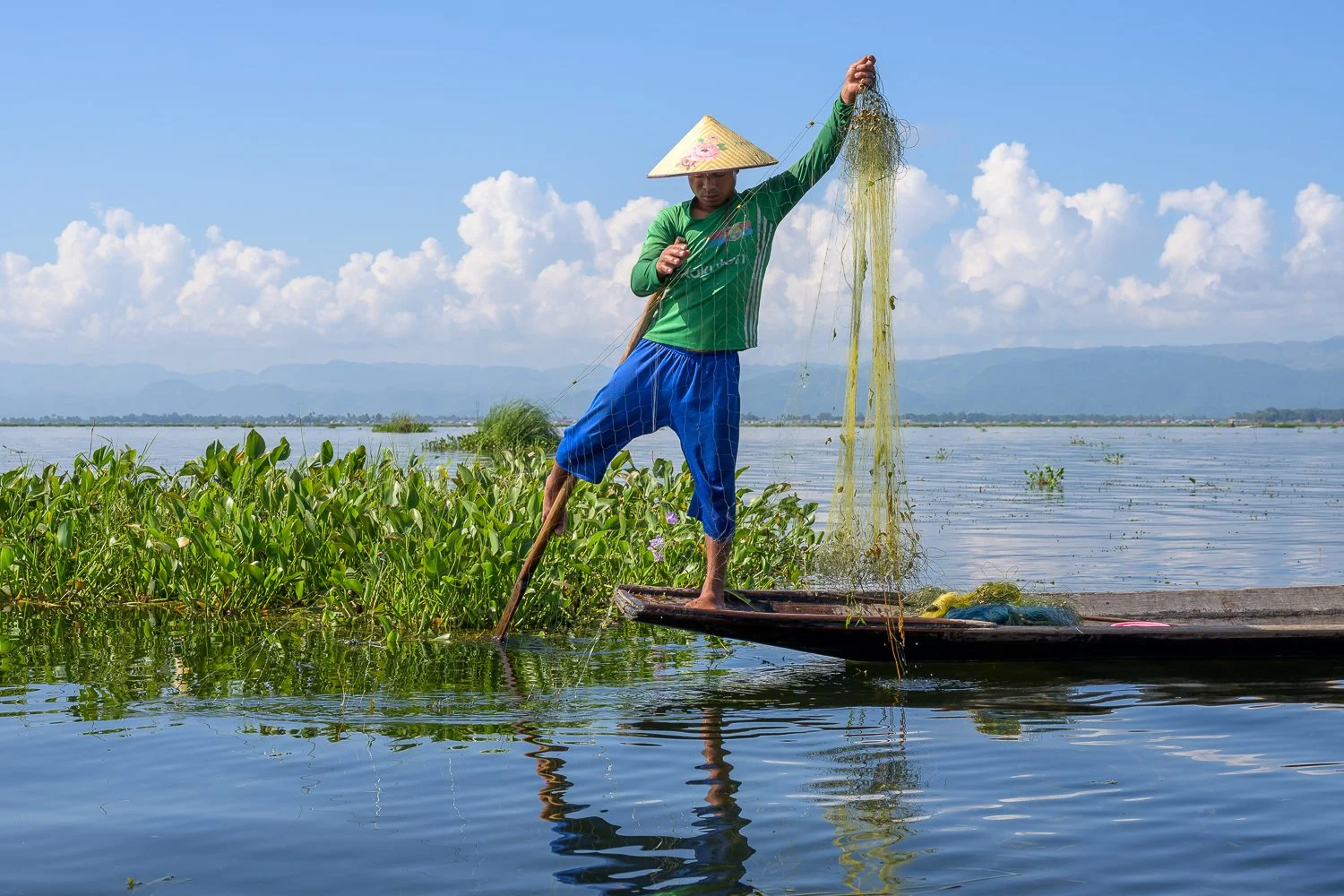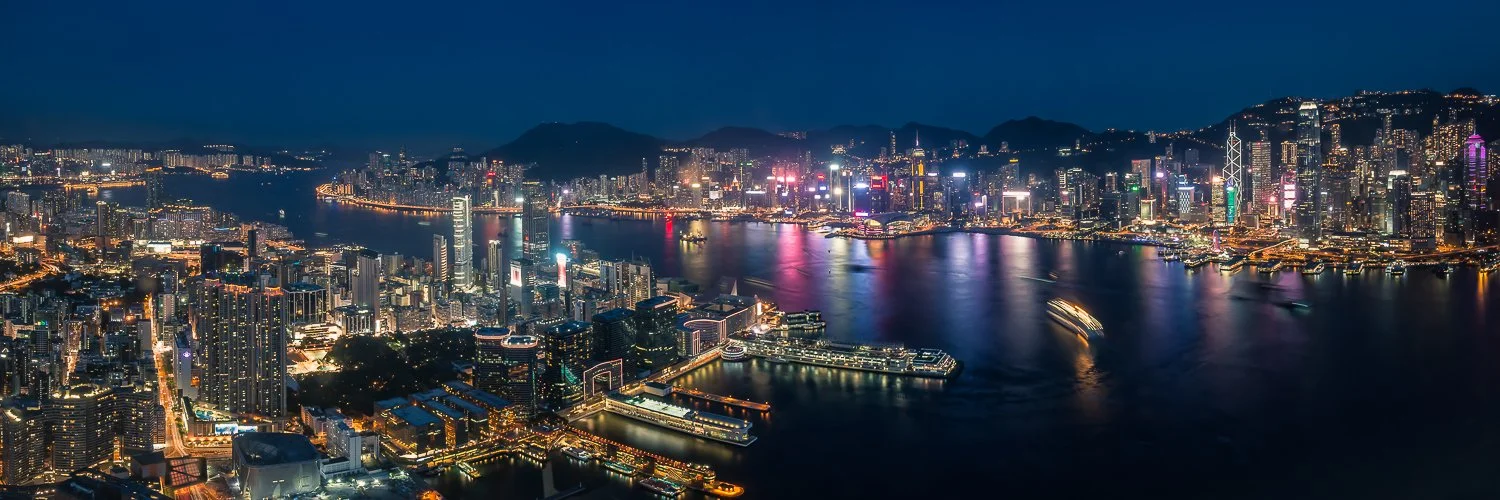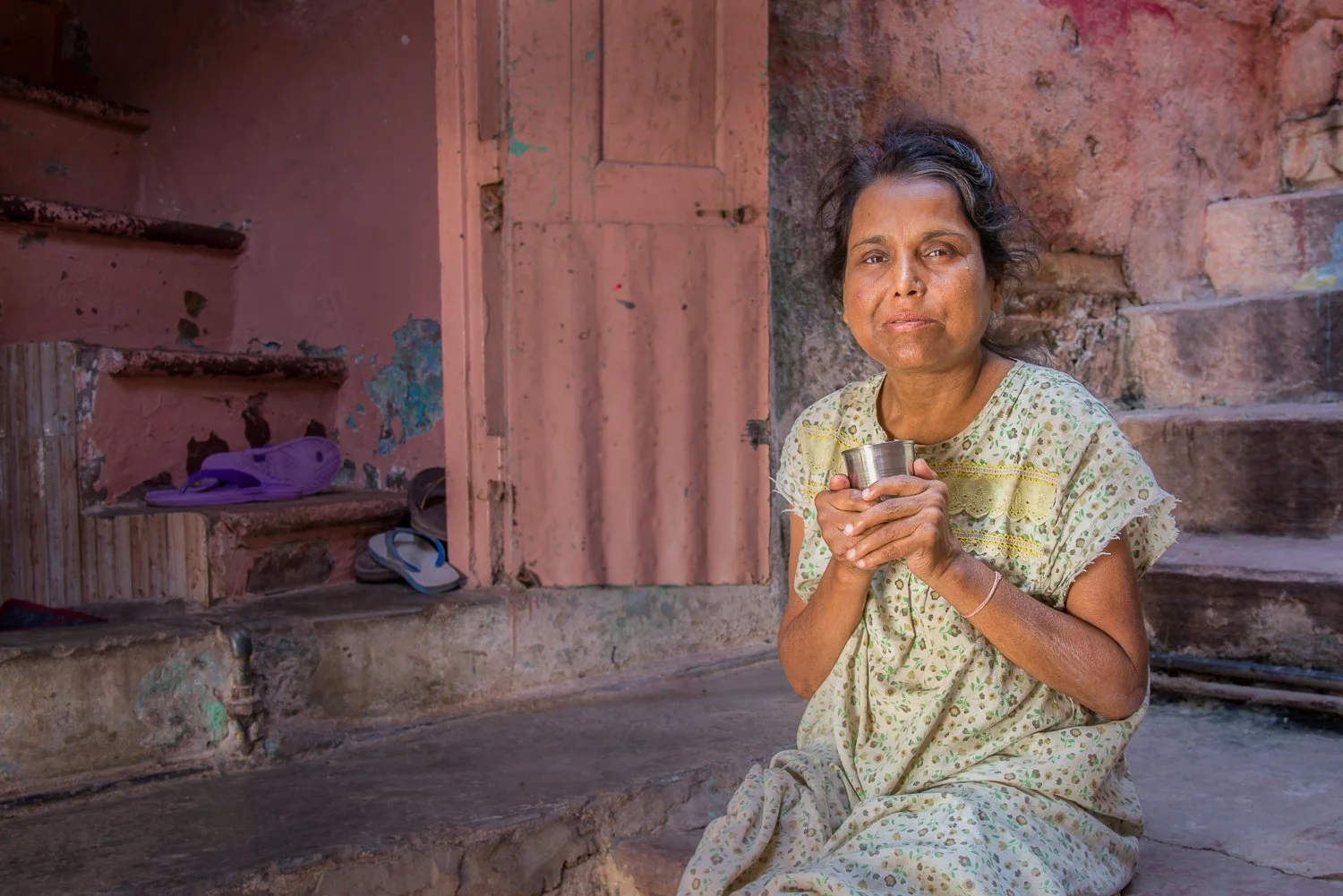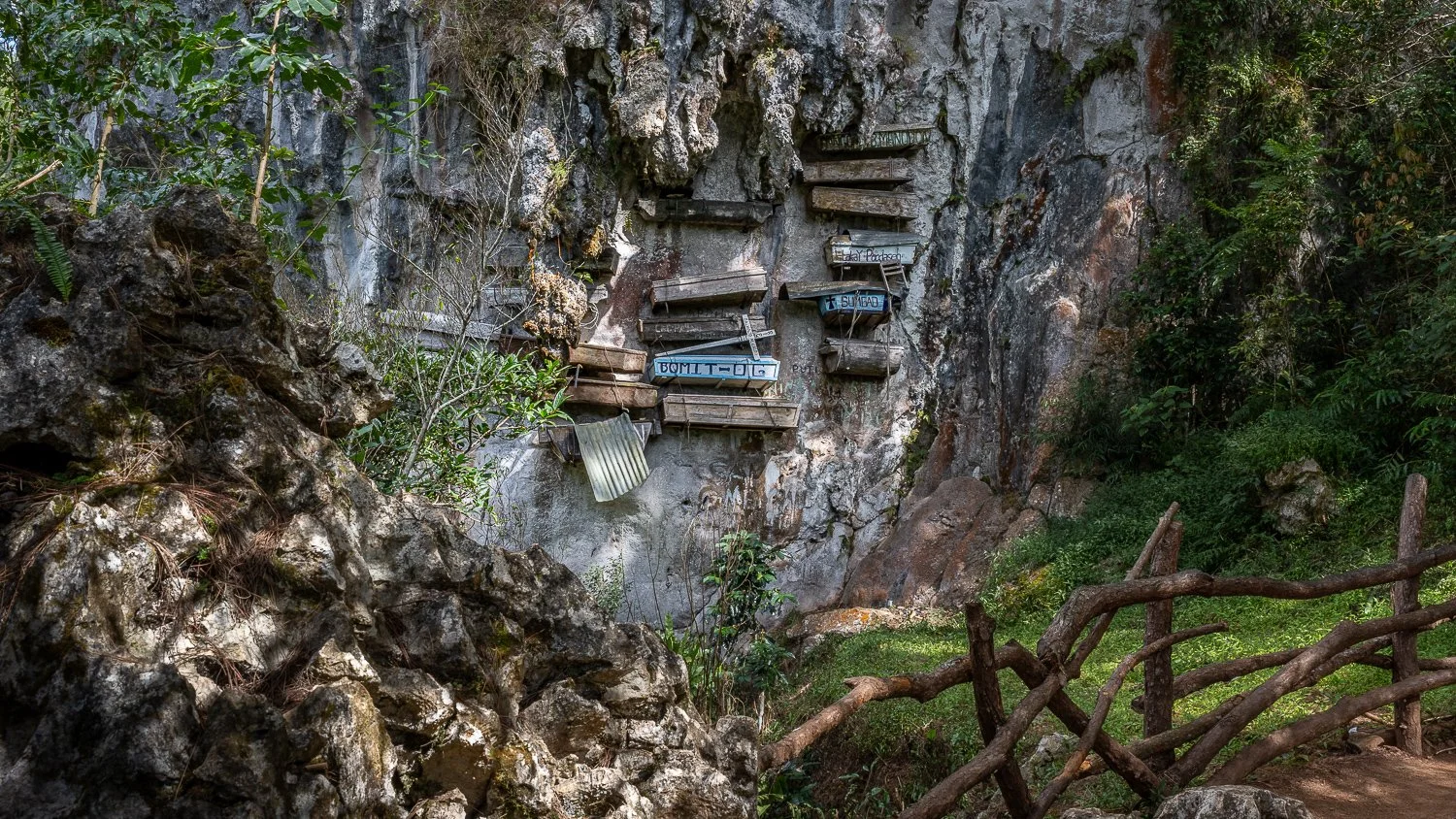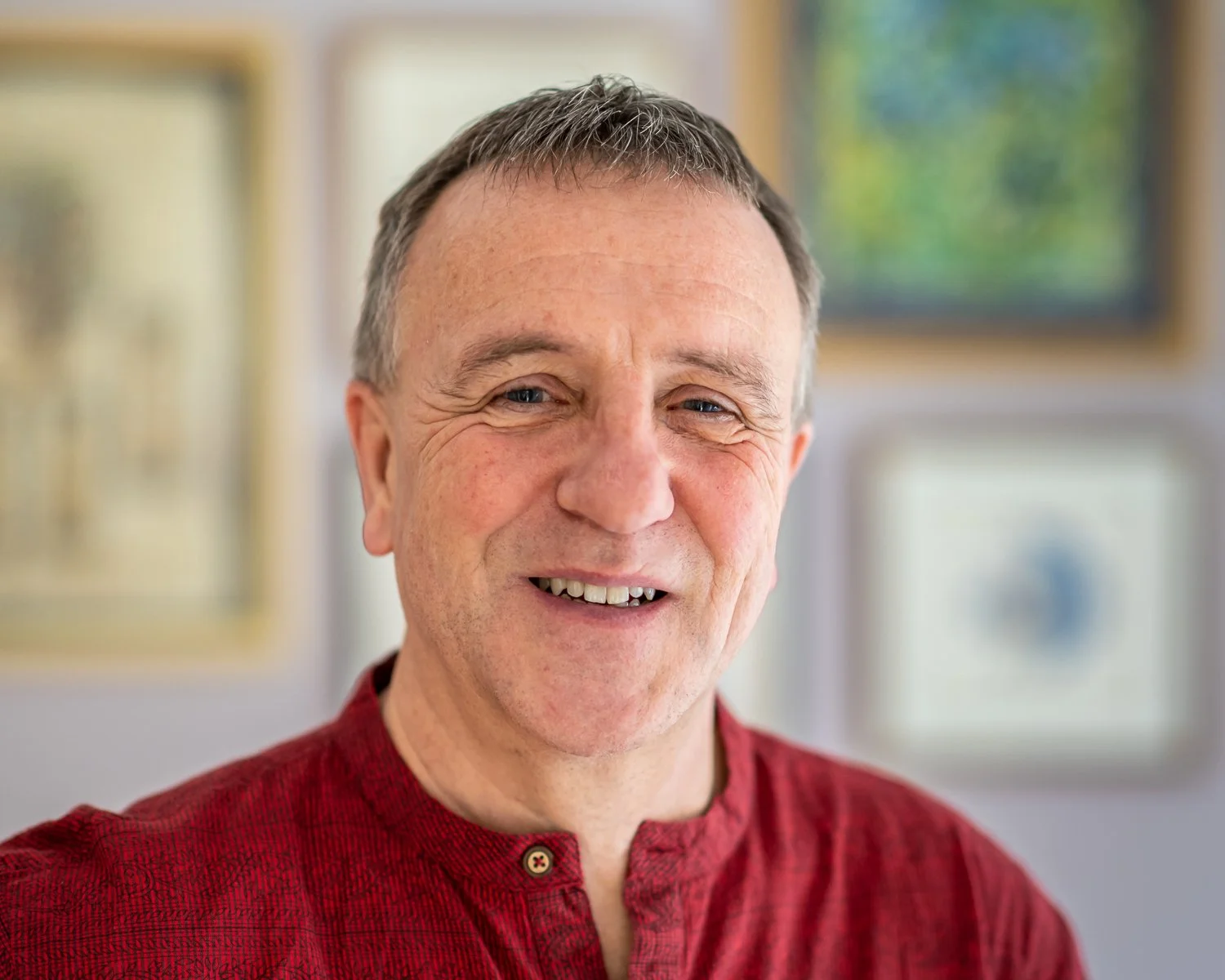Interview: Peter Walmsley, UK - Travel Photographer + Club Member
Quick-Fire Questions
Favorite lens? Got to be my walkabout 24-70mm f2.8 but I do wish it extended to 120mm without losing speed.
Presets or manual editing? Manual editing
Sunrise or sunset? Sunsets: I like blue hour and moving into blue hour from a sunset rather than the other way around. Plus, despite doing them when necessary, I’m less keen on early starts.
The #1 photo location you’ll always recommend or return to: Although it’s very big and probably can’t count as a single photo location, I’d say India in general.
Photographic Journey
1. How did you first get into photography? What sparked your interest in travel photography specifically?
Like many, I first got into photography at a very young age with a Kodak Instamatic and then at secondary school my chemistry teacher introduced me to developing film. I moved up to a Russian Zenit camera and then a Pentax ME super. For someone who likes to exercise both halves of the brain, photography is the ideal combination of art and science. However, it wasn’t until things went digital that my interest increased dramatically. The old frustrations of never knowing if you’d nailed the exposure and focus until it was too late disappeared. From an early Sony bridge camera in 2003, I moved up to a Nikon D700 and joined a camera club soon after that and only then did I start to understand what made a good photograph.
My parents took us abroad as children and it became a family occasion to show our holiday slides on a projector when we got back. European beach holidays turned into more ambitious long haul destinations as I got older and at the same time, I worked for international organisations like Cable & Wireless, Nokia and Panasonic. I found it fascinating to see how other cultures worked and would often try to combine overseas trips with some photography. Personal holidays became ever more exotic (Mauritius, Vietnam and Madagascar, for example) and eventually, I joined the UK Foreign Office with a 2 year posting to Delhi. With the luxury of more time in a country (and often an ability to go back and repeat a shot that hasn’t worked) I was able to better develop my skills as a travel photographer and with my time in India, I was able to create a book called ‘A Picture of India’ which focuses more on cultural traditions than the classic tourist shots.
*see below (left) an image captured early in Peter’s photography journey in Kenya, 2005 (Sony Cybershot bridge camera) & (right) a book featuring Peter’s imagery of India.
2. Are there any photographers, destinations, or personal experiences that influence or inspire your photography style or motivate you to pursue it more seriously?
Of all the places to live and photograph in the world, I still reckon that India is the best. It is a full-on assault on all the senses, vibrant colours are everywhere, it is rich in culture, its geography is dramatic and its people love taking pictures them selves and having their pictures taken. A couple of my favourite photographers are Steve McCurry and David DuChemin and both have found the country and indeed the wider region bewitching. My one complaint with many published photographers though is that they rarely take the time to explain the context of the images they are taking as if they expect the image to speak for itself. No matter how good you are, I tend to find that a bit lazy and maybe a bit arrogant too.
‘Second Class’: one of my favourite images from India
“When I plan my trips, I’m looking for the combination of iconic attraction with ‘off-the beaten track’ locations and to do that I use local guides as far as possible.”
Lake Inle, Myanmar
3. What cameras and lenses do you usually pack for your travels? Are there any accessories you never leave home without?
Flying on planes with stringent weight limits in the cabin (my equipment would never go in the hold) you have to travel light. I use a Nikon Z7 and my walkabout 24mm – 70mm f2.8 lens. That works for about 90% of my shots. Occasionally I will also take my 80-400mm f4.0 zoom where I need a longer reach. If I need a wider angle, I resort to stitching. Oh, I also take a very compact travel tripod for blue hour and night shots, a remote release and a number of spare lens and body caps.
A blue hour shot of Hong Kong Harbour
Storage, back-up and processing are very important when travelling. I take a powerful laptop with Lightroom, Photoshop and Topaz all loaded and almost every day’s shoot is downloaded that same day to named and dated folders with rejects removed and a 1-star rating given to those showing promise. If you are travelling for 4 weeks or more, if you don’t keep on top of it, you drown. I also keep 2 rolling backups to separate solid state drives or memory sticks in case of loss or corruption.
4. Do you have any favourite camera settings or post-processing techniques you rely on for capturing travel moments?
Many of our trips involve car journeys and if we stopped at every interesting location we’d never reach our final destination so I take a lot of shots out of the car window. To keep things sharp in these circumstances you need to ensure a good focus lock (and I find that the newer mirrorless cameras don’t lock as quickly as my D800 DSLR), a high shutter speed (> 1/500s or faster) and stop down a bit to f5.6 or higher and that in turn can mean an ISO of around 800 or higher depending on the light.
Roadside snack seller, Cambodia. (Taken from a moving car at 1/1600s)
5. How would you describe your photography style? What kind of stories or emotions do you aim to convey through your images?
I have to say that I don’t really have a signature style at present and it is something I need to develop (although I generally prefer 16:9 image formats because in both landscape and street settings, that feels more natural to the eye). But what I look for in my images are stories about the local landscapes and culture. That, after all is the definition of travel photography: an image which conveys a sense of place. That’s a lot easier to say than do, but I find that ‘pre-visualising’ what I want results in much better images. For example, I spent several months looking for my ideal street cobbler in India, with the right lighting and the right composition because I wanted to tell the story about this very traditional street craft.
6. Which editing software do you prefer to use, and how important is post-processing in shaping your final images?
I have stuck with Adobe Lightroom now for many years, originally because it combined cataloguing and basic image processing. I’d use Photoshop for anything more complicated. Over the last few years, though, Lightroom has become a lot more capable and I only use Photoshop for major edits – not least because it is such a complicated program. There are still some areas though where Lightroom isn’t so good: HDR processing where I find Photomatix still excels; giving images a bit more punch with Nik or Topaz; straightening horizontals and verticals with DXO, upscaling with Topaz Gigapixel and portrait processing with Anthropics PortraitPro. When I give talks on photography, I tell the audience that images straight out of the camera will invariably look flat and disappointing and these days, some amount of post processing is essential.
La Gomera, Canary Islands: Bracketed shot of 5 exposures to cope with very bright highlights and deep shadows with Photomatix Pro.
7. Can you share one of your most memorable photography moments while traveling?
I don’t have a single answer to this question but when I plan my trips, I’m looking for the combination of iconic attraction with ‘off-the beaten track’ locations and to do that I use local guides as far as possible. As I tell my wife, although photography is the catalyst, it means we get to see places and real local culture that most tourists would never get to experience and that in turn leads to some unique photographic opportunities. Past examples have included the recycling work in the Dharavi slum in Mumbai, brick making in a factory on the outskirts of Delhi, threshing rice in a family home on the Banaue rice terraces in the Philippines and watching our personal demonstration of one-legged rowing by a fisherman one lake Inle in Myanmar.
8. Which destination surprised you the most or left the greatest impact on your photography?
India for its colour and cultural depth.
Recycling of used pain cans in Dharavi, Mumbai
9. What do you enjoy most about being a member of The Travel Photography Club and do you have a favourite resource so far?
The opportunity to be part of a network of like-minded photographers and to identify opportunities for profile building and commercial work.
10. Have you pursued any study for photography?
I have not undertaken any formal photography courses but have done a lot of self-study of course materials and books from photography tutors and experts such as Michael Freeman (The Photographer’s Eye, The Photographer’s Mind) and David DuChemin (Craft & Vision). In total, I have a photography library of probably around 800 books, papers, lecture notes and other training media. I’ve also signed up to The Wandering Lens Freelance Travel Photographer Course; just need to fit it in between trips! In addition to self-study, I act as a competition judge for UK photographic club competitions on the basis that teaching and critiquing photography reinforces your own learning.
11. What are some challenges you’ve encountered as a travel photographer, and how do you overcome them?
Taking shots of people in their natural environment is generally nerve wracking and there’s no panacea for this one. In my early days of street photography, I tried to sneak pictures with a long lens but they never really capture the context. Nowadays, I keep my 24-70mm lens on, tend to ask for permission more, avoid busy tourist areas (where locals invariably want money for posing) and take it slower aiming to get 10 shots from a willing subject than a couple of snatched shots of someone who’s been caught by surprise. But that’s not to say that if I spot a ‘decisive moment’ I won’t go for it!
Working with a stranger on the streets of Varanasi, India
12. What one piece of advice would you give to someone who is just starting out in photography, or may have just purchased their first camera?
The question on ‘Starting out in photography’ is a bit too general so I’ll answer this one from a point of view of advising someone starting out in travel photography. I give a talk called ‘Taking Better Holiday Pictures’ and in this talk, I invite the audience do their homework on the places they visit and to pause, maybe just for a few seconds, to consider why they are about to take that next picture: what is the sense of place that they want to capture?
If I’m allowed a second point, I’d remind beginners that this is not a quick journey. Seek feedback on your work by entering competitions and join clubs like The Travel Photography Club.
13. Do you have any exciting trips or photography projects planned? What are you looking forward to capturing next?
My wife and I have just spent nearly 4 weeks on the silk roads of Kazakhstan, Kyrgyzstan, Turkmenistan, Tajikistan and Uzbekistan. Whilst these countries were fascinating in their own right (and those of us from ‘the west’ know little about them), I’d like to understand rather more of the history of the region because it played an important role in the development of many countries around the world and links to my experience in India. It’s quite a hot topic at the moment because it connects to China’s ‘Belt & Road’ initiative and the British Museum is running a major exhibition on the subject. My aim is to use my photography to create some illustrated talks or magazine articles.
Most of our travels tend to be to the east of the UK but this year, we are breaking with tradition and doing an extended tour of South America. The unifying theme is colonial history but how much of that I can capture photographically has yet to be seen.
Registan Square, Samarkand, Uzbekistan
14. How do you plan to continue growing or evolving as a photographer? Are there any new techniques or directions you’re keen to pursue?
As a travel photographer, I often wonder what travel photography should really be all about. Many of us are tourists who travel the world capturing much the same shots as everyone else, to the extent that popular places like Venice are imposing local tourist taxes to discourage numbers. Bhutan takes this to another level! The travel industry develops to offer deeper and more personalised experiences such as small group tours to see the Rwandan gorillas or self-drive in the Namibian sand dunes, as examples. This is a very personal answer but my aim is to continue to visit the interesting places of the world in such a way that I understand a little more about how those places work. Photography is the tool I use to do that.
Hanging coffins at Sagada, Philippines
Where can people find you online? My website is: www.evocationimages.co.uk
My book on India is available on Amazon: A Picture of India




